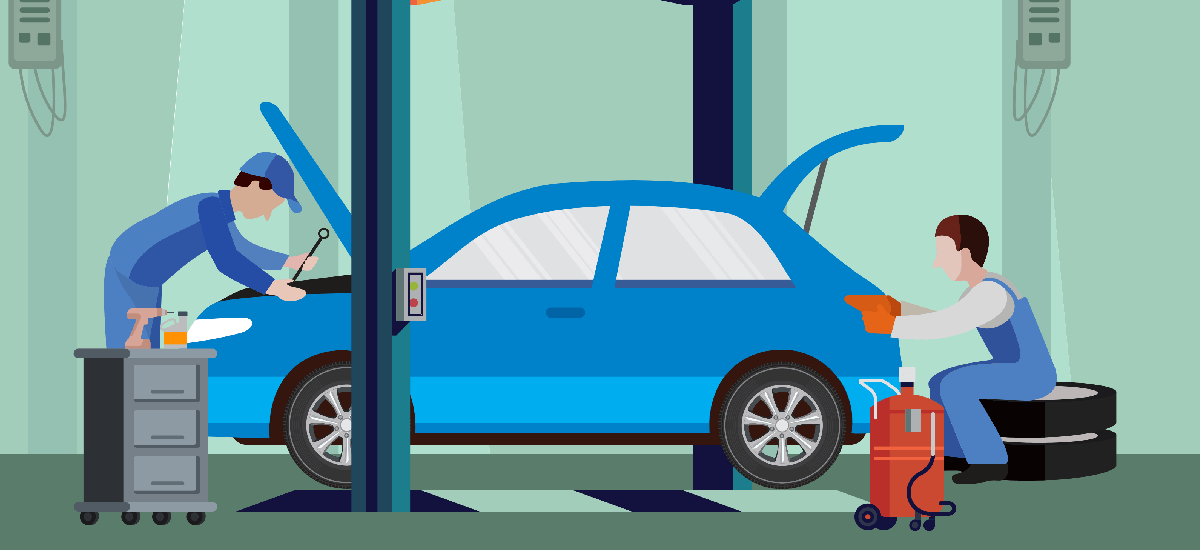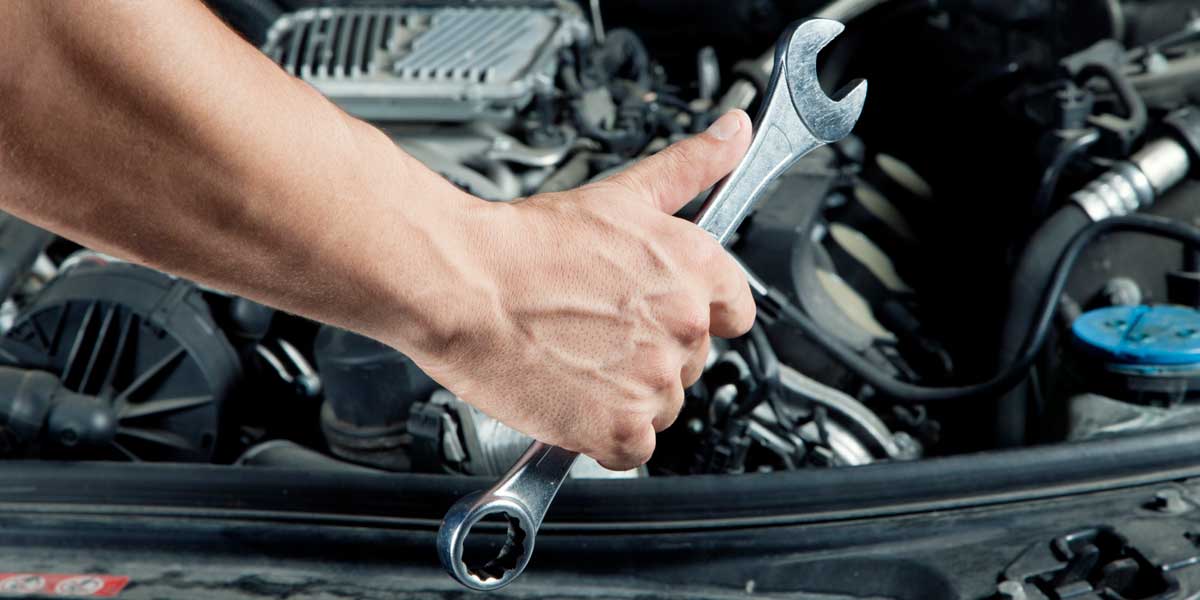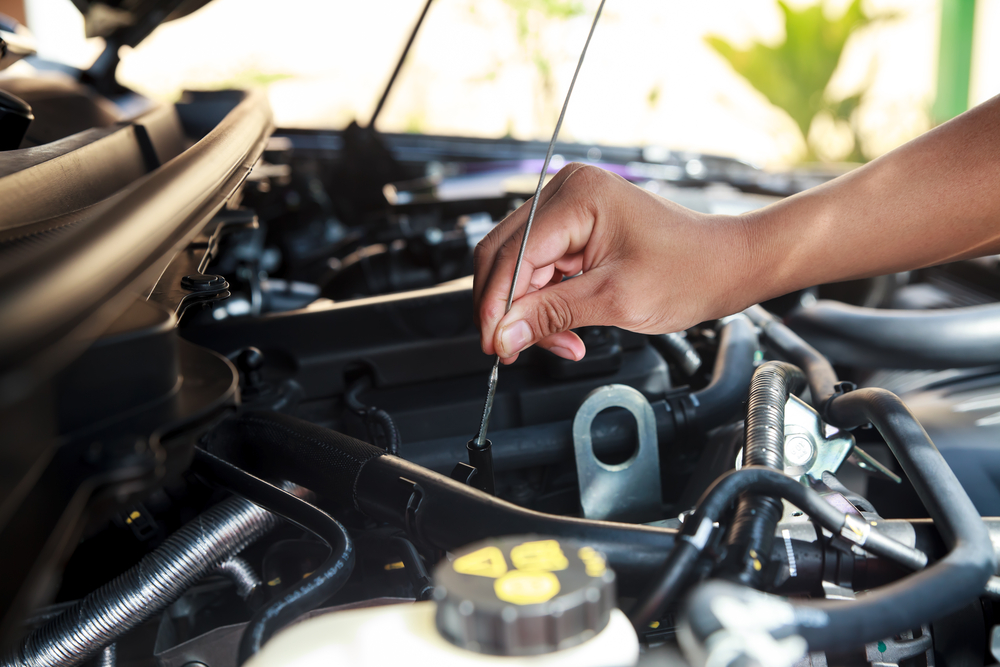All Categories
Featured
Tire rotations are one of the most basic yet most reliable maintenance jobs to ensure your car runs smoothly and securely. This routine solution redistributes tire wear, providing many benefits for your auto's performance, safety and security, and your pocketbook.
What Does Tire Rotation Involve?
Tire rotation is the process of regularly altering the setting of each tire on your lorry. As an example, front tires may be exchanged with rear ones, or tires may be moved diagonally. The particular pattern relies on variables like your lorry's drivetrain (front-wheel, rear-wheel, or all-wheel drive) and the sort of tires you have.
![]()
Why Tire Turnings Are Essential
Advertises Even Walk Use. Various tires bear various quantities of weight and stress depending upon their position. Due to the fact that they manage guiding and braking, front tires usually use faster. Regular turnings balance out the wear, making sure all 4 tires have comparable tread depths.
Expands Tire Life Expectancy. Unequal wear leads to early tire replacements. Rotating your tires can extend their lifespan, conserving you cash in time.
Boosts Car Efficiency. Balanced tires improve stability, managing, and grip. Whether you're collaring, stopping, or driving on unsafe roadways, equally worn tires guarantee a smoother and safer driving experience.
![]()
Boosts Gas Efficiency. Tires with uneven walk wear can create much more moving resistance, that makes your engine work more challenging and eats much more gas. Routine rotations aid maintain ideal gas effectiveness.
Guarantees Safety. Worn tires can compromise braking range and control. By revolving your tires, you preserve also wear and minimize the risk of blowouts or skidding.
Exactly How Typically Should You Turn Your Tires?
Experts suggest revolving your tires every 5,000 to 7,500 miles. A practical approach is to pair tire rotations with oil modifications. However, constantly consult your lorry's owner guidebook for particular standards.
Usual Turning Patterns
Turning patterns depend on your automobile's drivetrain and tire kind:
Front-Wheel Drive (FWD): Front tires relocate to the back, and rear tires cross to the front.
Rear-Wheel Drive (RWD): Rear tires relocate to the front, and front tires go across to the back.
All-Wheel Drive (AWD): Tires comply with an "X" pattern to make sure well balanced wear.
Directional Tires: These tires have to remain on the same side of the car and are exchanged front to rear.
Indicators Your Tires Need Rotation
Unequal walk wear.
![]()
Reduced fuel effectiveness.
Vibrations while driving, particularly at broadband.
Problem managing the vehicle in adverse climate condition.
Last Thoughts
Tire turnings are a very easy way to safeguard your financial investment and boost your driving experience. By rearranging wear, you can expand the life of your tires, enhance fuel effectiveness, and ensure your safety when traveling. Arrange regular tire rotations with a relied on auto mechanic and make it a constant part of your vehicle's maintenance routine.
What Does Tire Rotation Involve?
Tire rotation is the process of regularly altering the setting of each tire on your lorry. As an example, front tires may be exchanged with rear ones, or tires may be moved diagonally. The particular pattern relies on variables like your lorry's drivetrain (front-wheel, rear-wheel, or all-wheel drive) and the sort of tires you have.

Why Tire Turnings Are Essential
Advertises Even Walk Use. Various tires bear various quantities of weight and stress depending upon their position. Due to the fact that they manage guiding and braking, front tires usually use faster. Regular turnings balance out the wear, making sure all 4 tires have comparable tread depths.
Expands Tire Life Expectancy. Unequal wear leads to early tire replacements. Rotating your tires can extend their lifespan, conserving you cash in time.
Boosts Car Efficiency. Balanced tires improve stability, managing, and grip. Whether you're collaring, stopping, or driving on unsafe roadways, equally worn tires guarantee a smoother and safer driving experience.

Boosts Gas Efficiency. Tires with uneven walk wear can create much more moving resistance, that makes your engine work more challenging and eats much more gas. Routine rotations aid maintain ideal gas effectiveness.
Guarantees Safety. Worn tires can compromise braking range and control. By revolving your tires, you preserve also wear and minimize the risk of blowouts or skidding.
Exactly How Typically Should You Turn Your Tires?
Experts suggest revolving your tires every 5,000 to 7,500 miles. A practical approach is to pair tire rotations with oil modifications. However, constantly consult your lorry's owner guidebook for particular standards.
Usual Turning Patterns
Turning patterns depend on your automobile's drivetrain and tire kind:
Front-Wheel Drive (FWD): Front tires relocate to the back, and rear tires cross to the front.
Rear-Wheel Drive (RWD): Rear tires relocate to the front, and front tires go across to the back.
All-Wheel Drive (AWD): Tires comply with an "X" pattern to make sure well balanced wear.
Directional Tires: These tires have to remain on the same side of the car and are exchanged front to rear.
Indicators Your Tires Need Rotation
Unequal walk wear.

Reduced fuel effectiveness.
Vibrations while driving, particularly at broadband.
Problem managing the vehicle in adverse climate condition.
Last Thoughts
Tire turnings are a very easy way to safeguard your financial investment and boost your driving experience. By rearranging wear, you can expand the life of your tires, enhance fuel effectiveness, and ensure your safety when traveling. Arrange regular tire rotations with a relied on auto mechanic and make it a constant part of your vehicle's maintenance routine.
Latest Posts
Reasons Consistent Vehicle Maintenance at Montclare Auto Repair Reduces Costs
Published en
1 min read
Secure Your Financial Investment with Expert Rain Gutter Installation
Published en
1 min read
Discover Cut Costs on Car Maintenance with Montclare Auto Repair’s Special Deals
Published en
1 min read
More
Latest Posts
Reasons Consistent Vehicle Maintenance at Montclare Auto Repair Reduces Costs
Published May 30, 25
1 min read
Secure Your Financial Investment with Expert Rain Gutter Installation
Published May 27, 25
1 min read
Discover Cut Costs on Car Maintenance with Montclare Auto Repair’s Special Deals
Published May 27, 25
1 min read